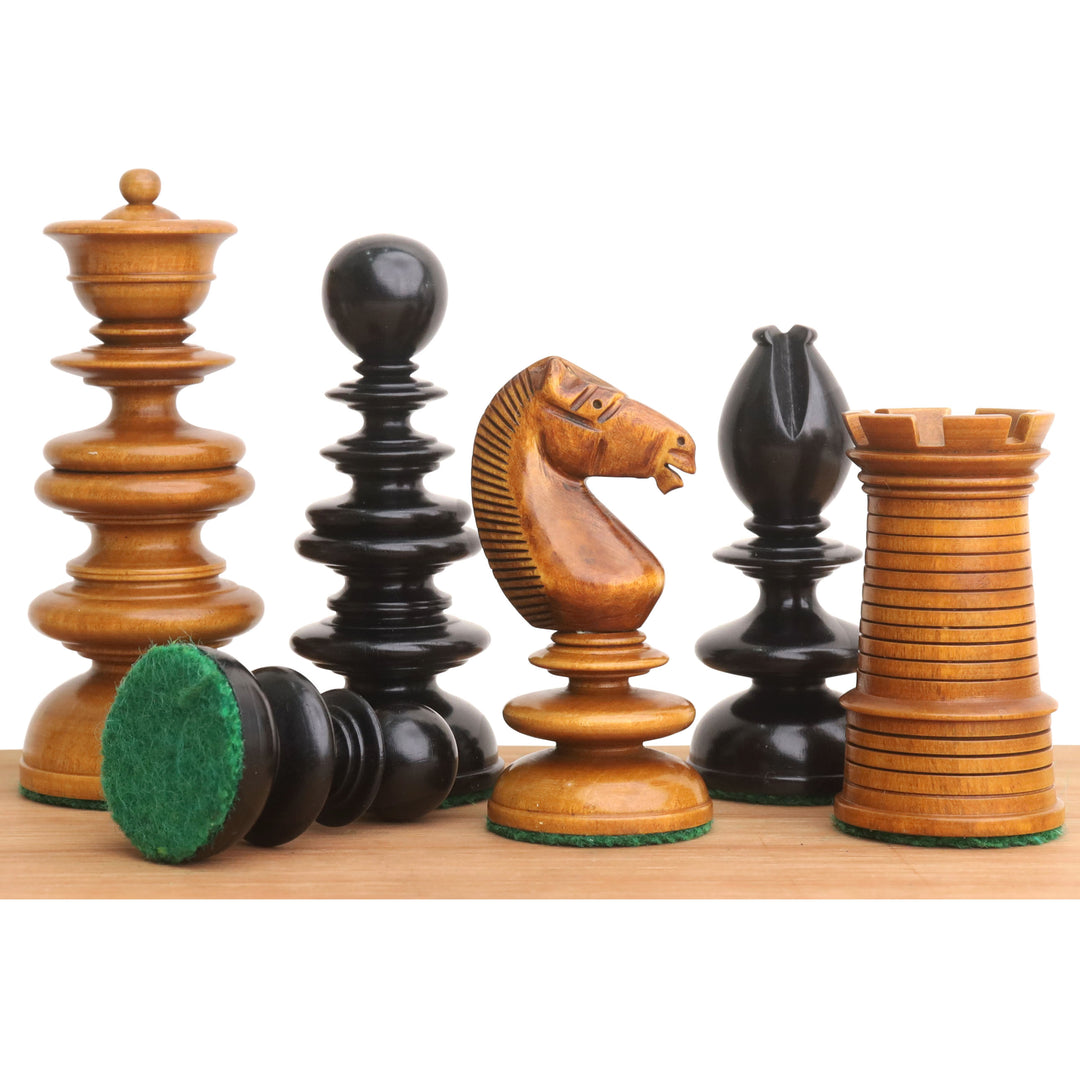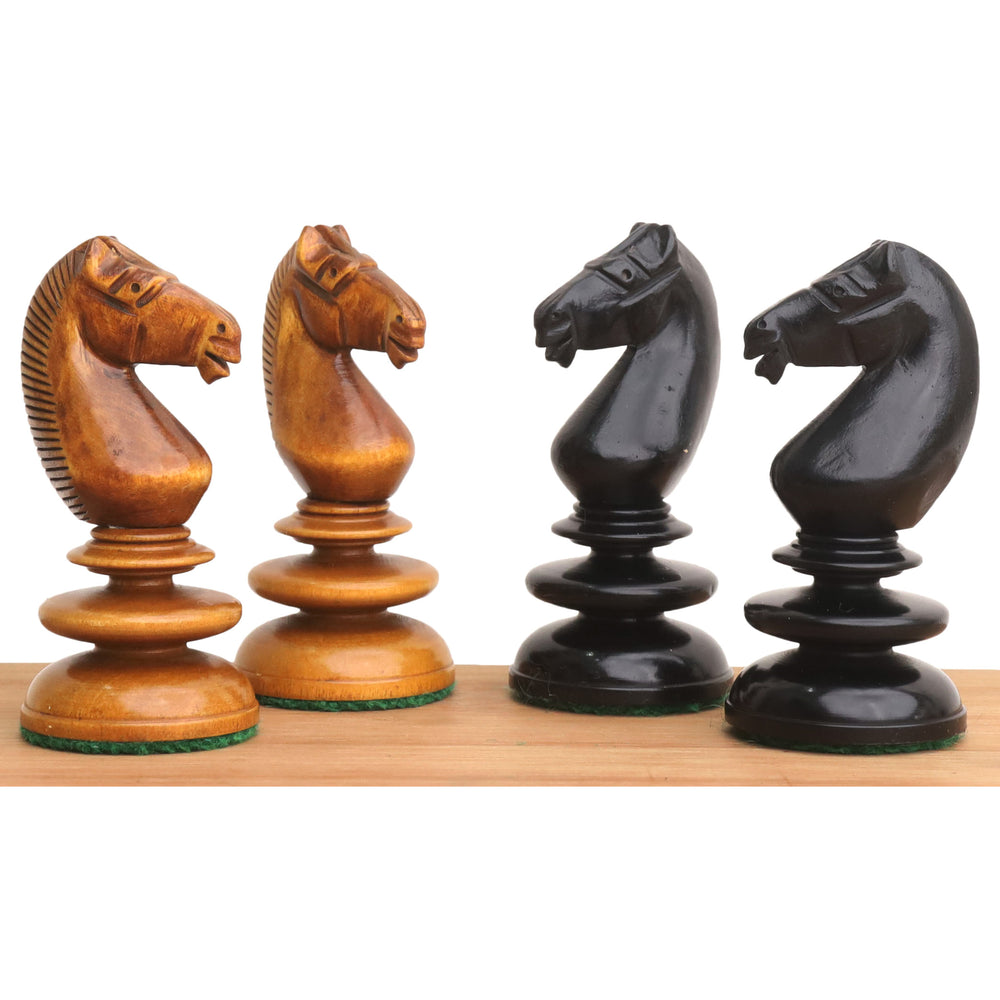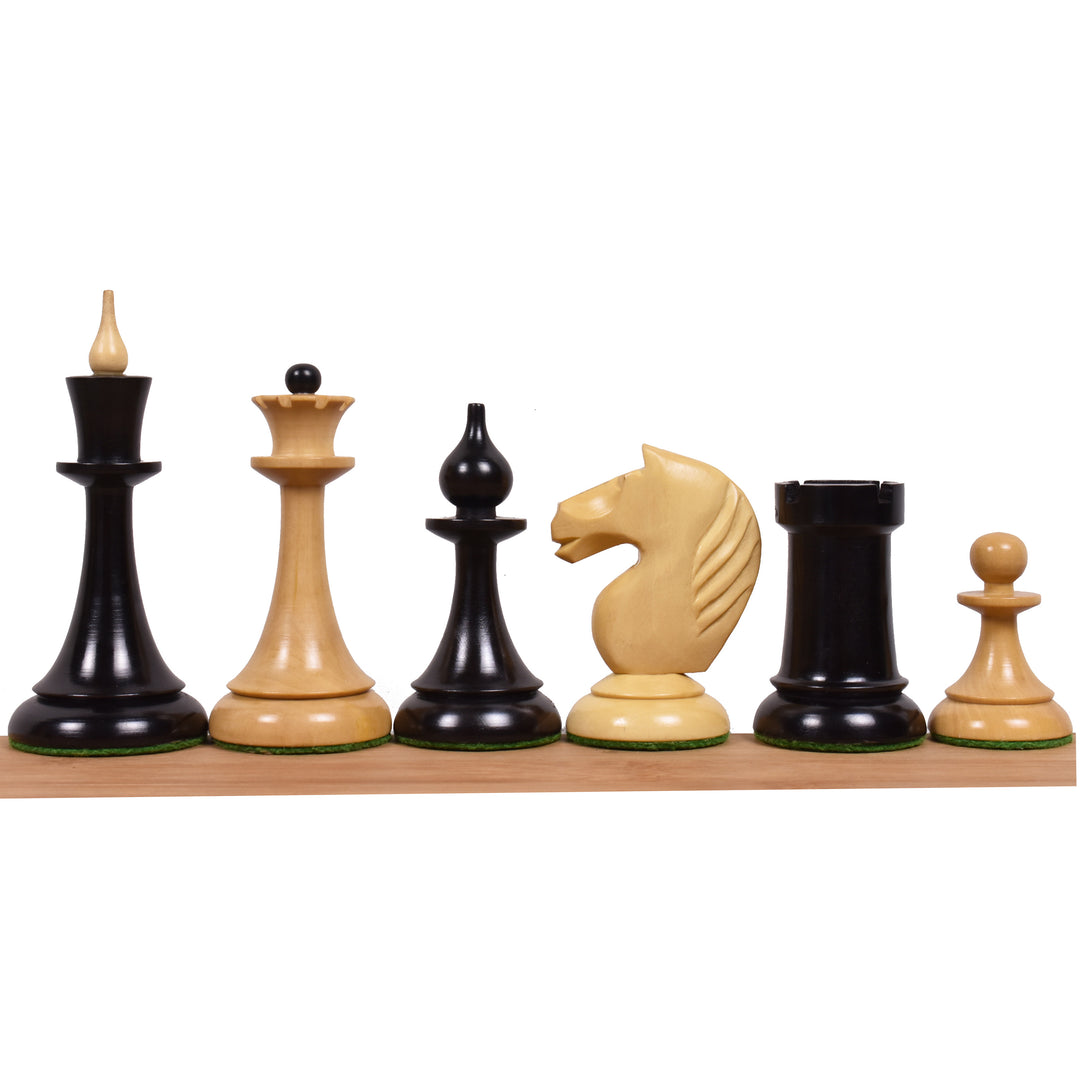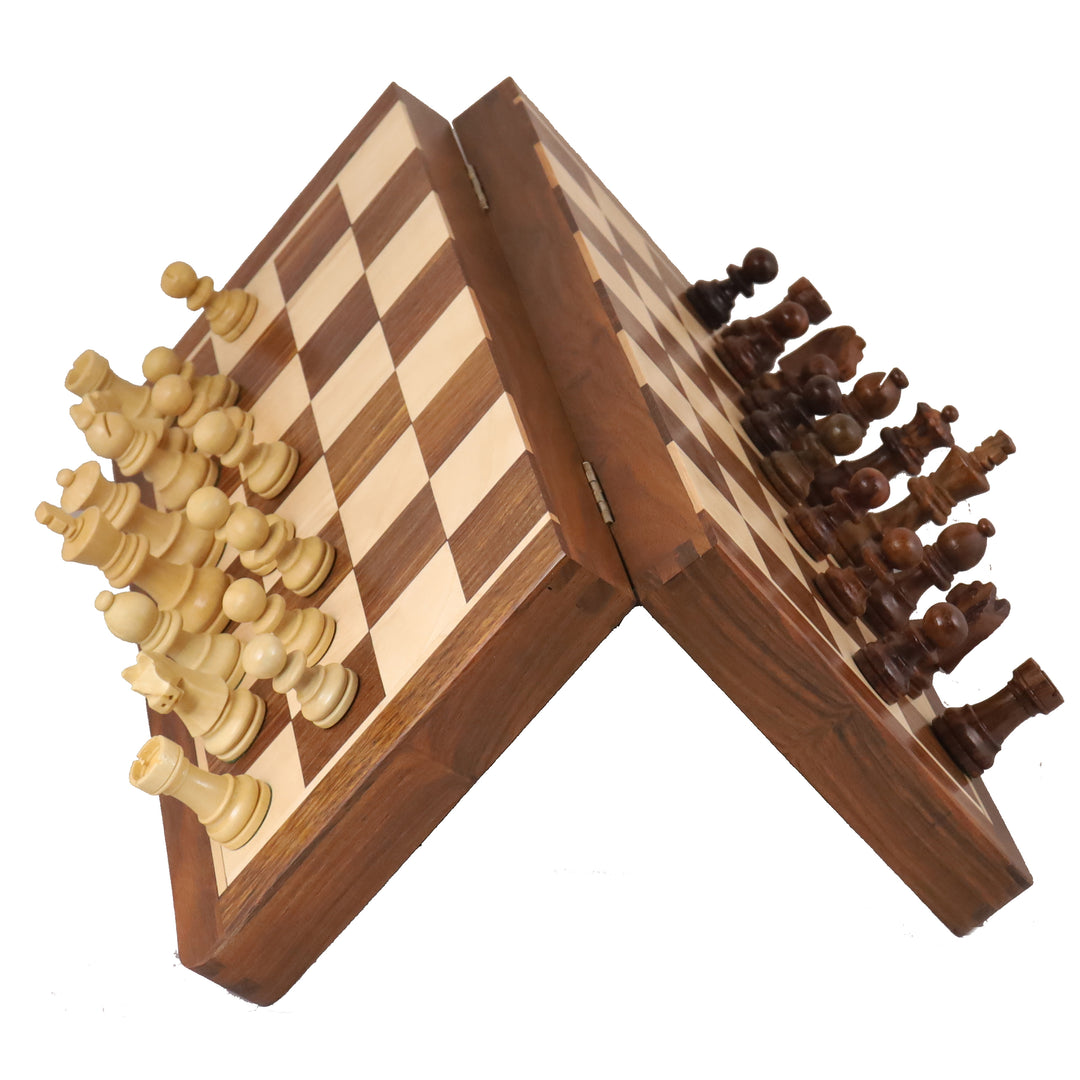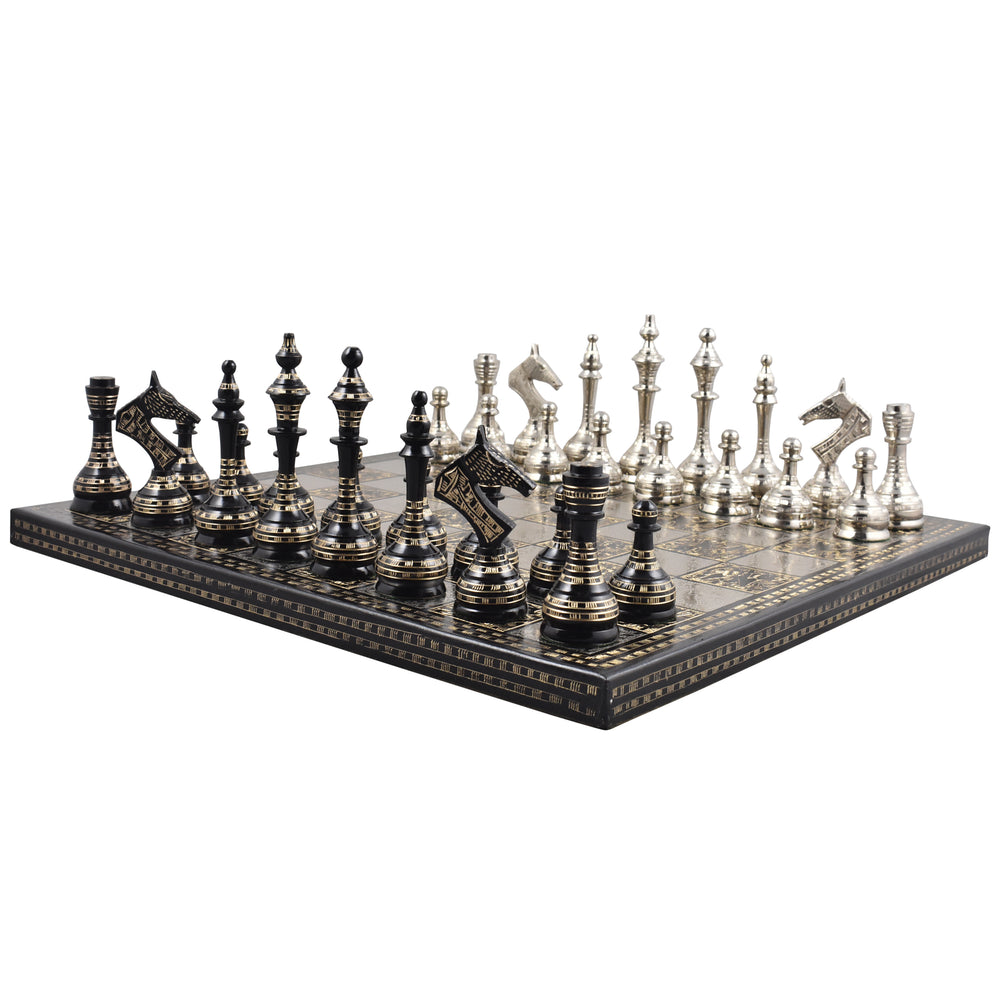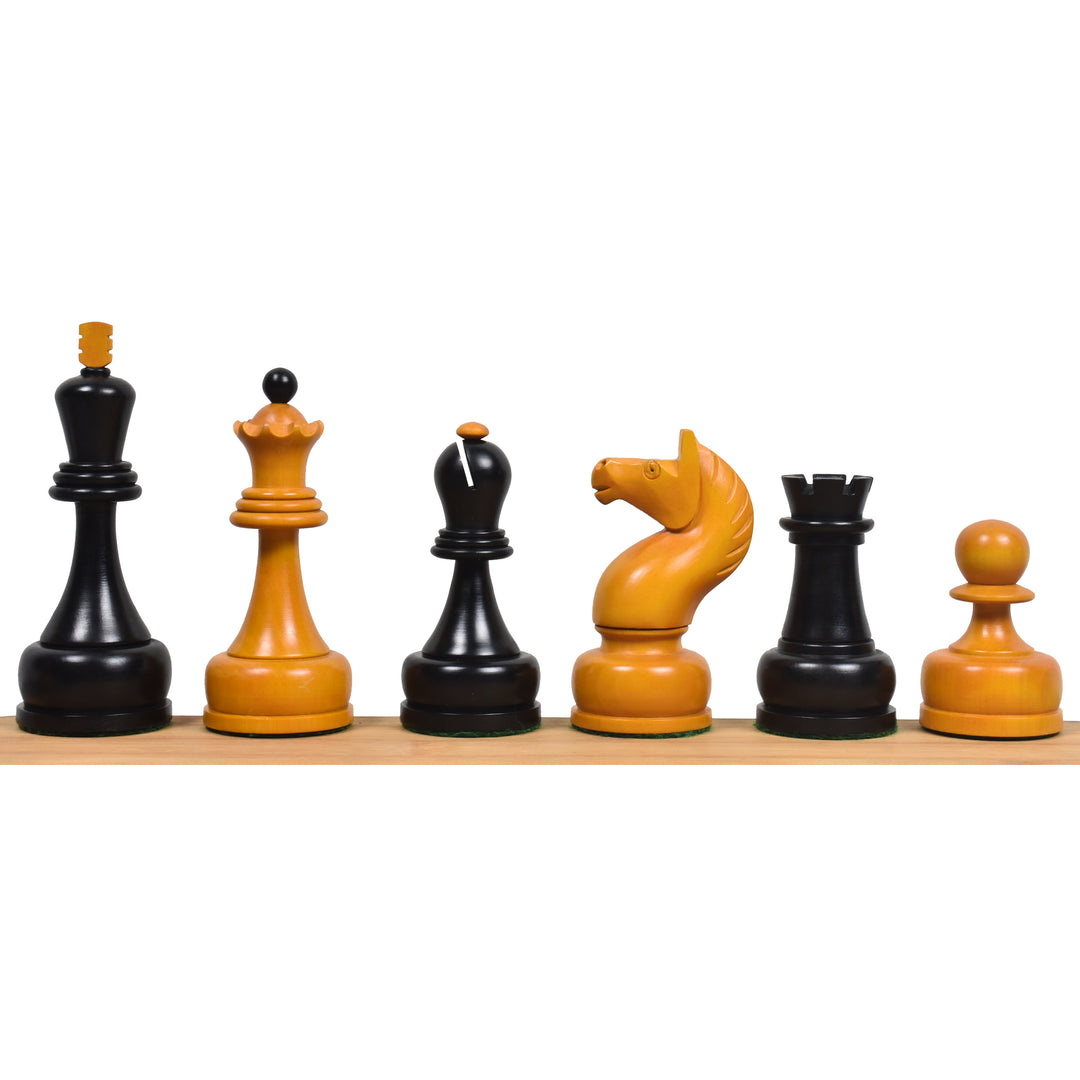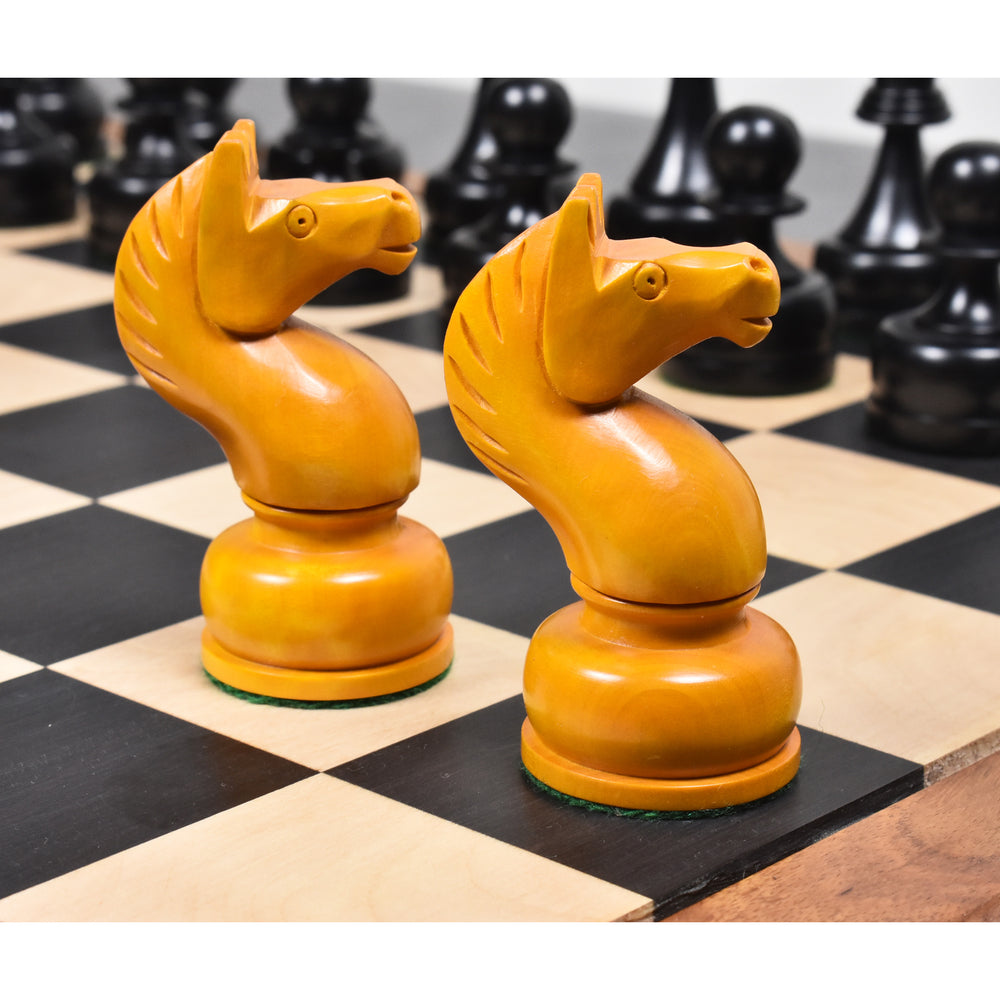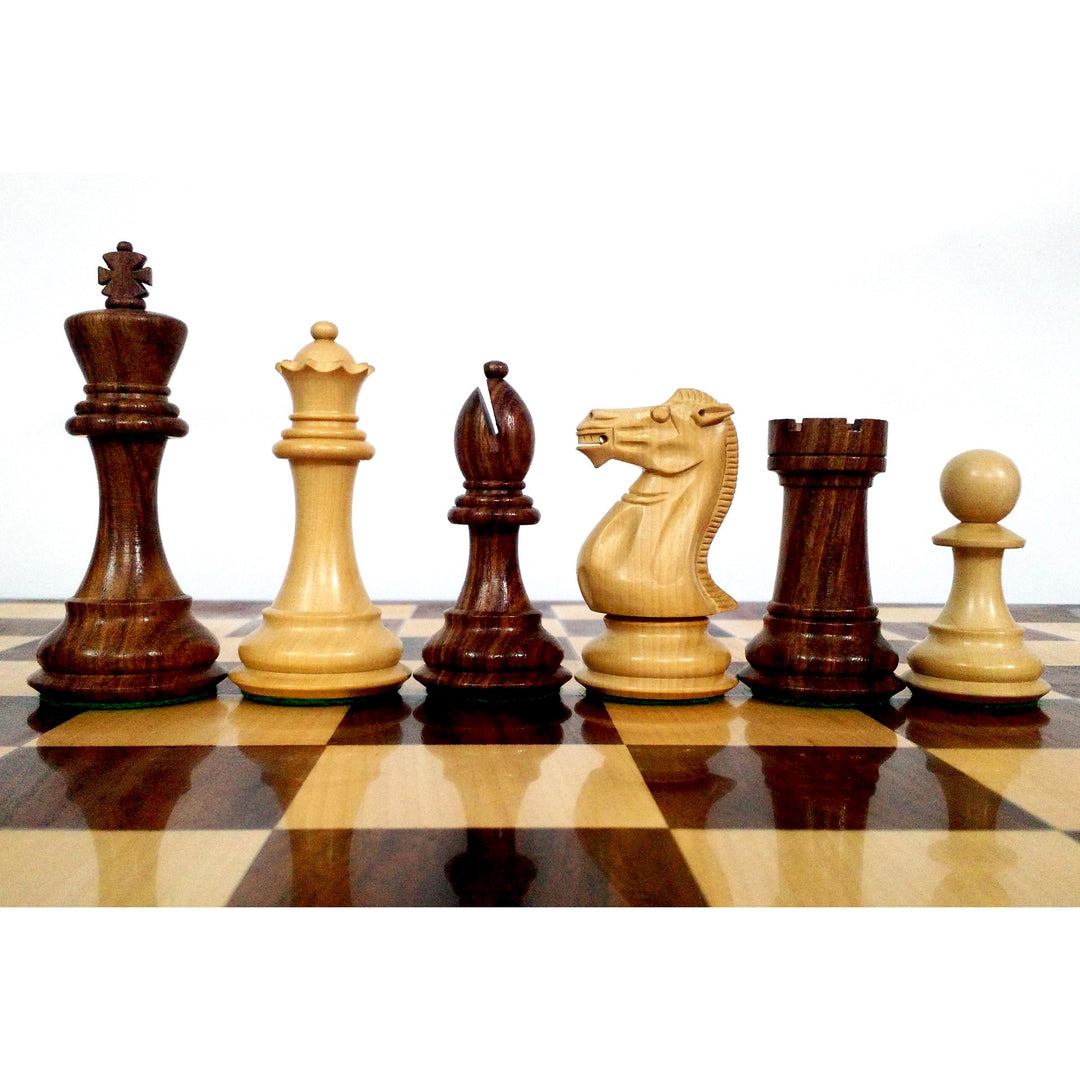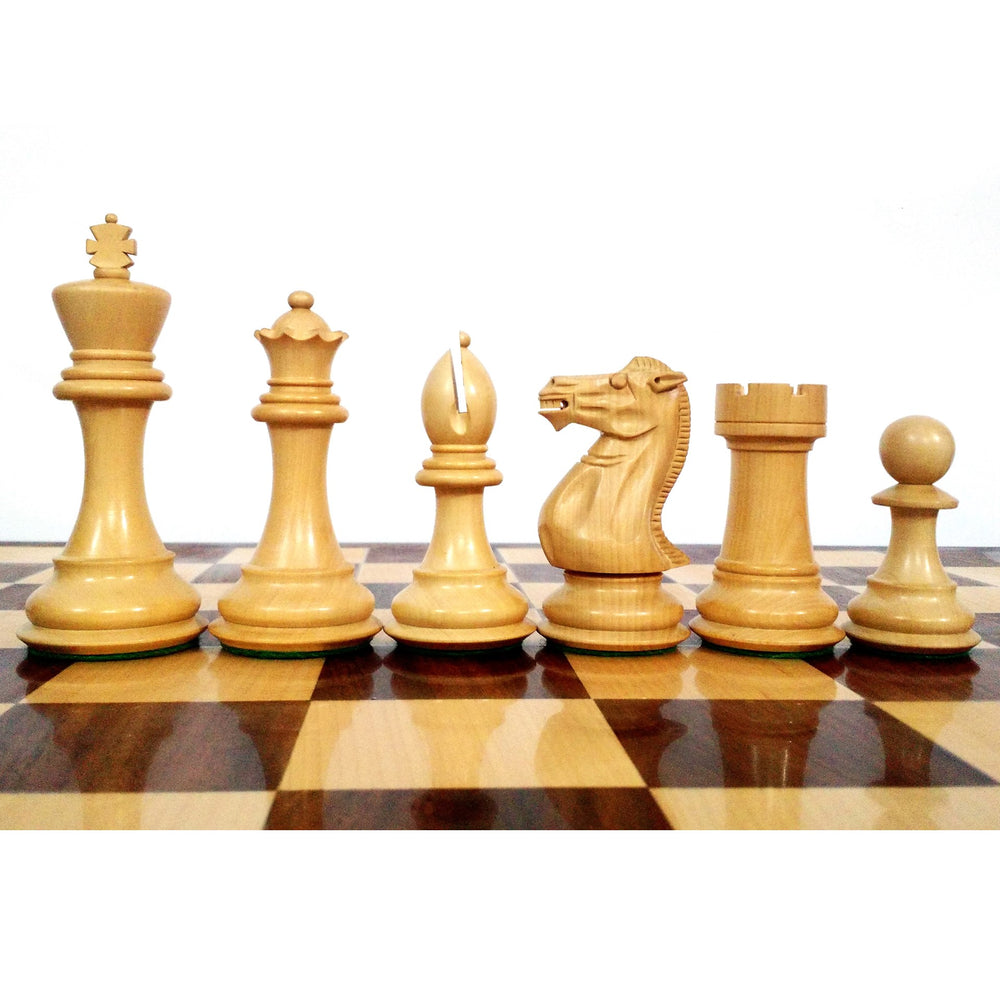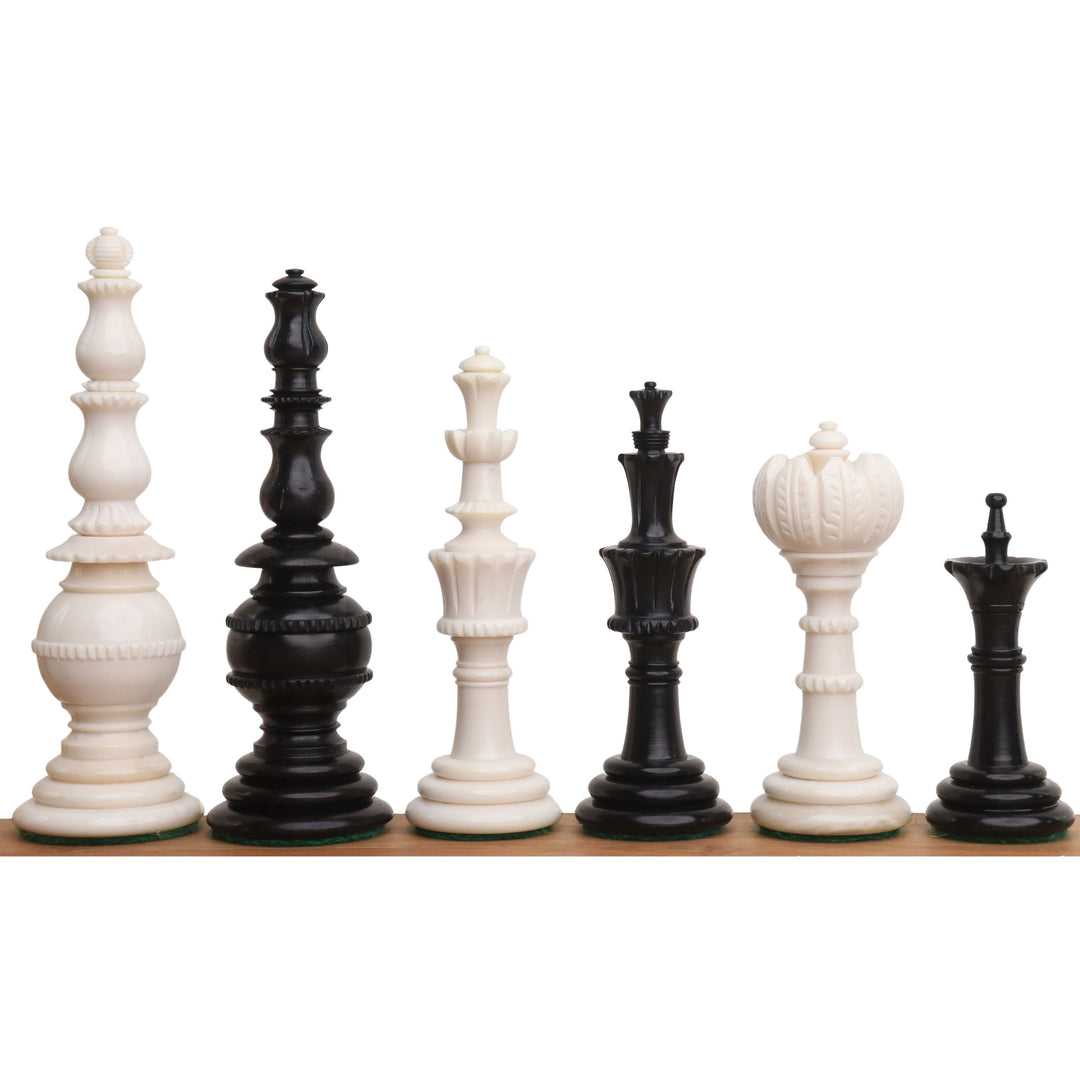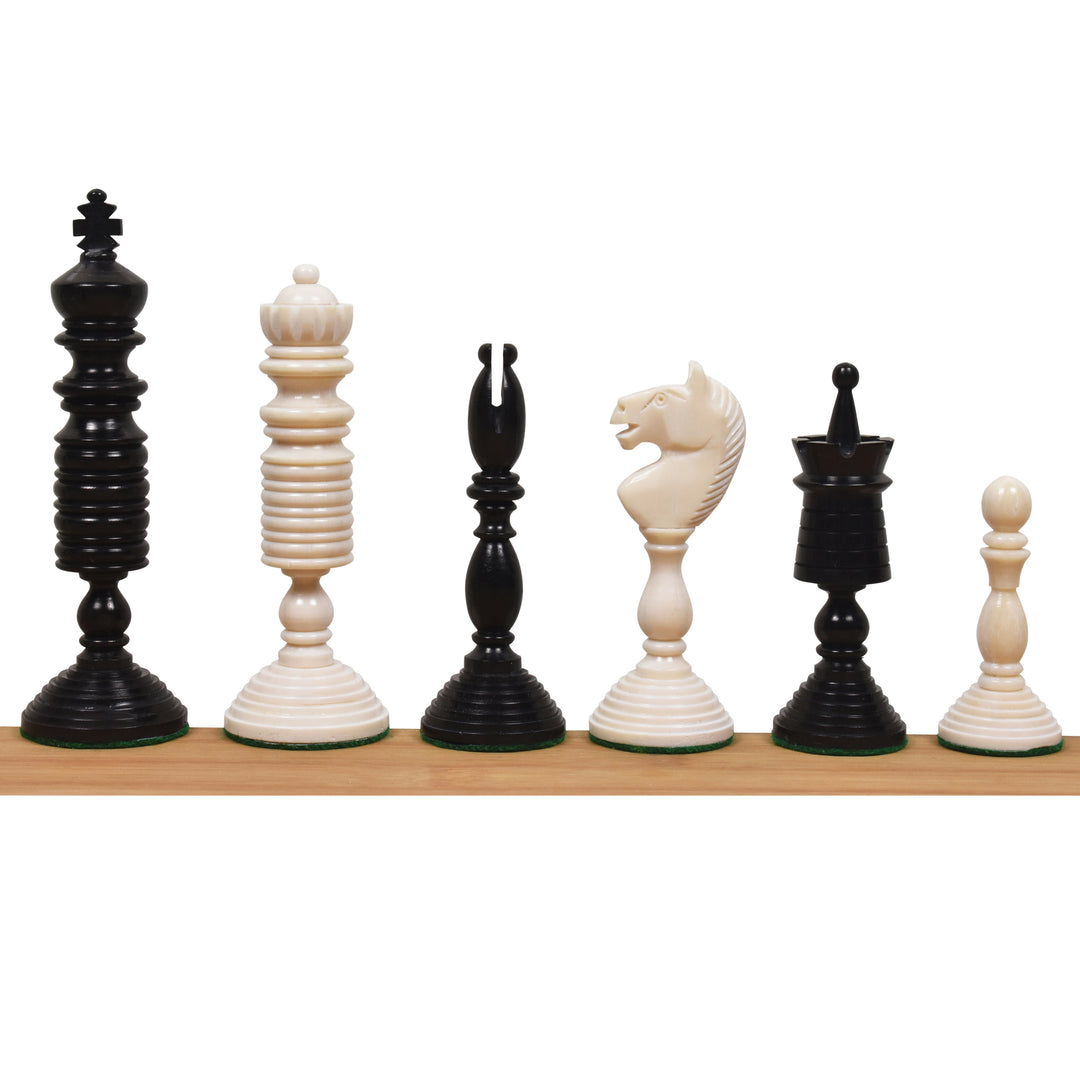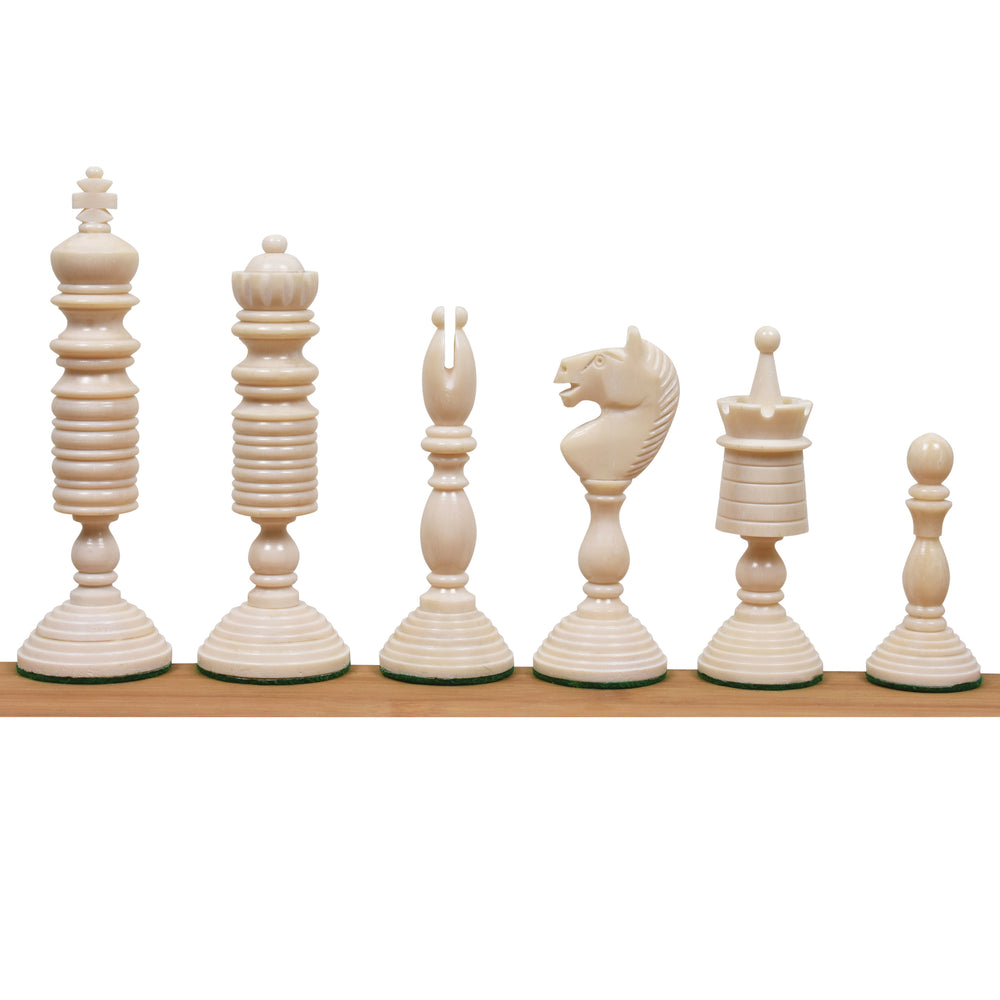The basic yet efficient Caro-Kann Defense may assist both novices and world-champion grandmasters. This early pawn arrangement is a helpful addition to your chess opening arsenal, and its deployment may signal the start of an interesting, well-planned game. The Caro-Kann is a favorite of many positional players, including world champion GM Anatoly Karpov.
What is the Caro Kann Defense?
The Caro-Kann Defense (also known as the Caro-Kann Opening) is a chess opening duel between white and black pawns. It is a popular choice for chess players who value solidity in their game. Its defining move, 1.c6, is the fourth most commonly played response to 1.e4, and it prepares for 2.d5 without limiting the mobility of the light-squared bishop. This sets it apart from the French Defense (1.e4 e6), which can be more constricting.
Check Now: The Ultimate Guide to Mastering Nimzowitsch Larsen Attack
Caro Kann Defense Theory
The defense is named after two nineteenth-century chess players, Horatio Caro and Marcus Kann. The term does not apply to a match between the two but rather to one Kann quickly and joyously won over another renowned player of the day (Jacques Mieses).
If you want to replay and examine that particular chess match, the game went as follows:
- e4 c6
- d4 d5
- e5 Bf5
- Bd3 Bxd3
- Qxd3 e6
- f4 c5
- c3 Nc6
- Nf3 Qb6
- 0-0 Nh6
- b3 cxd4
- cxd4 Nf5
- Bb2 Rc8
- a3 Ncxd4
- Nxd4 Bc5
- Rd1 Nxd4
- Bxd4 Bxd4+
- Qxd4 Rc1
- Kf2 Rxd1
- Qxb6 axb6
- Ke2 Rc1
- Kd2 Rg1
- g3 Kd7
- a4 Rc8
- b4 Rcc1
Check Now: The Ultimate Guide to Mastering Queen’s Indian Defense
6 Most Common Caro Kann Defense Advance Variations
The Caro-Kann Defense (or Caro-Kann Opening) movements are only the beginning of your game. Here are six possible strategic continuations of gameplay.
Advance Variation
1.e4 c6 2.d4 d5 3.e5
White does not have to play Nc3 on move three. White's sharpest and best-scoring continuation is the appropriately titled Caro-Kann Defense Advance Variation, 3.e5. In the 14th and last game of their 2004 encounter, GM Vladimir Kramnik utilized it to defend his classical world champion title against GM Peter Leko.
Despite adopting distinct tactics for the position, the three most common continuations following 1.e4 c6 2.d4 d5 3.e5 Bf5 all score well. 4.Nc3 is the Shirov Variation, with the basic notion of playing g4 and expanding on the kingside. 4.h4 is the Tal Variation, which takes a different approach to kingside expansion, and 4.Nf3 is the Short Variation, which aims for a stronger positional fight.
Classical Variation
1.e4 c6 2.d4 d5 3.Nc3 dxe4 4.Nxe4 Bf5
3.Nc3 is White's most popular move by a little margin over 3.e5. Black nearly always captures with 3...dxe4, prompting White to respond. 4.Nxe4. When 3.dxe4 and 4.Nxe4 transpose, White may also reach these lines with 3.Nd2.
The game can continue in numerous different directions from here, but 4.Bf5 is Black's favorite, and this is the Classical Variation. Black develops the light-squared bishop quite reasonably, which is why the move e6 has been avoided up to this point. White may and frequently does pursue the bishop, although doing so weakens the kingside.
Panov-Botvinnik Attack
1.e4 c6 2.d4 d5 3.exd5 cxd5 4.c4
The Panov-Botvinnik Attack begins with the move 4.c4. It is named after Vasily Panov and world champion Mikhail Botvinnik. This technique frequently leads to classic isolated queen's pawn (IQP) positions, with White gaining quick development, a grip on e5, and kingside offensive possibilities to compensate for the isolated d4-pawn's long-term structural inferiority.
The main variation in this line is 4...Nf6 5.Nc3 e6. 6.Nf3, when Black's major choices are 6...Bb4 (a situation frequently transposed into lines of the Nimzo-Indian Defense) and 6...Be7, which was previously the most popular line. 6...Nc6?! is inferior because it is met favorably by 7.c5!, following which White intends to seize the e5-square by extending the b-pawn to b5, or by swapping the black knight on c6 after Bb5.
Two Knights Attack
1.e4 c6 2.Nc3 d5 3.Nf3
By choosing this line, Black skips the more solid and conservative classical or advanced versions in favor of creating imbalances early on.
In the Two Knights Defense, Black quickly strikes at the e4 pawn with 3.dxe4 to challenge White's ambitions to establish control of the center. White frequently answers with 4.Nxe4, to which Black counters with 4.Nf6, attacking the knight on e4 and winning tempo.
This opening might lead to acute situations with tactical chances for both sides. Black seeks to weaken White's center pawn structure while aggressively developing pieces. White, on the other hand, will want to keep a strong grasp on the center and develop harmoniously to exploit any flaws in Black's position.
Exchange Variation
1.e4 c6 2.d4 d5 3.exd5
The Exchange Variation occurs when White captures on d5. After the apparent 3...cxd5—if Black intends to retake with the queen, he should have merely played the Scandinavian (1.d5)—White can either play 4.Bd3 or the much sharper 4.c4 (as shown below).
When White plays 4.Bd3, the aim is a calm game. It is considerably less frequent at higher levels than the other key move since Black has a solid game.
Fantasy Variation
1.e4 c6 2.d4 d5 3.f3
The Fantasy variant, sometimes called the Tartakower or Maroçzy variant, 1.e4 c6 2.d4 d5 3.f3 is a variant of the Blackmar-Diemer Gambit. 3.e6 is arguably the most solid reaction, intending to exploit the dark squares via c5, but 3.g6 has been played by Yasser Seirawan. GM Lars Schandorff and GM Sam Shankland both like 3.dxe4, 4.fxe4 e5 5.Nf3 Bg4 6.Bc4 Nd7 7.0-0 Ngf6 8.c3 Bd6 with sharp and double-edged play.
While modern theory suggests that 7.c3 is more essential, providing White with a little objective advantage. 3...e5 is intriguing, though insufficient. This so-called 'Twisted Fantasy Variation' seeks to exploit White's vulnerabilities on the a7-g1 diagonal, a concept akin to 3...Qb6, a variation championed by Baadur Jobava.
Check Now: The Ultimate Guide for Mastering King's Indian Defence
Summing Up
The purpose of the Caro-Kann is to attack White's e pawn with d5 after initially supporting it with c6. Giving up initial control of the center enables Black to develop more easily and maintain the diagonal free for their light-squared attack. Bishop.
Overall, Caro-Kann Defense is an effective strategy for playing chess. Most of the grandmasters use this trick a lot of times. If you want to buy chess boards, metal chess sets, and general chess sets, you can surely visit our website Royal Chess Mall. Wishing you a great journey with chess!
Also, if you're a chess enthusiast seeking aesthetic appeal, consider investing in a minimalist chess set for a sleek, modern touch. Enhance portability with a storage box for chess pieces. For tournament play, opt for a professional tournament chess set, ensuring precision and durability. Alternatively, indulge in the timeless elegance of a marble chess set, adding a touch of sophistication to your games.






